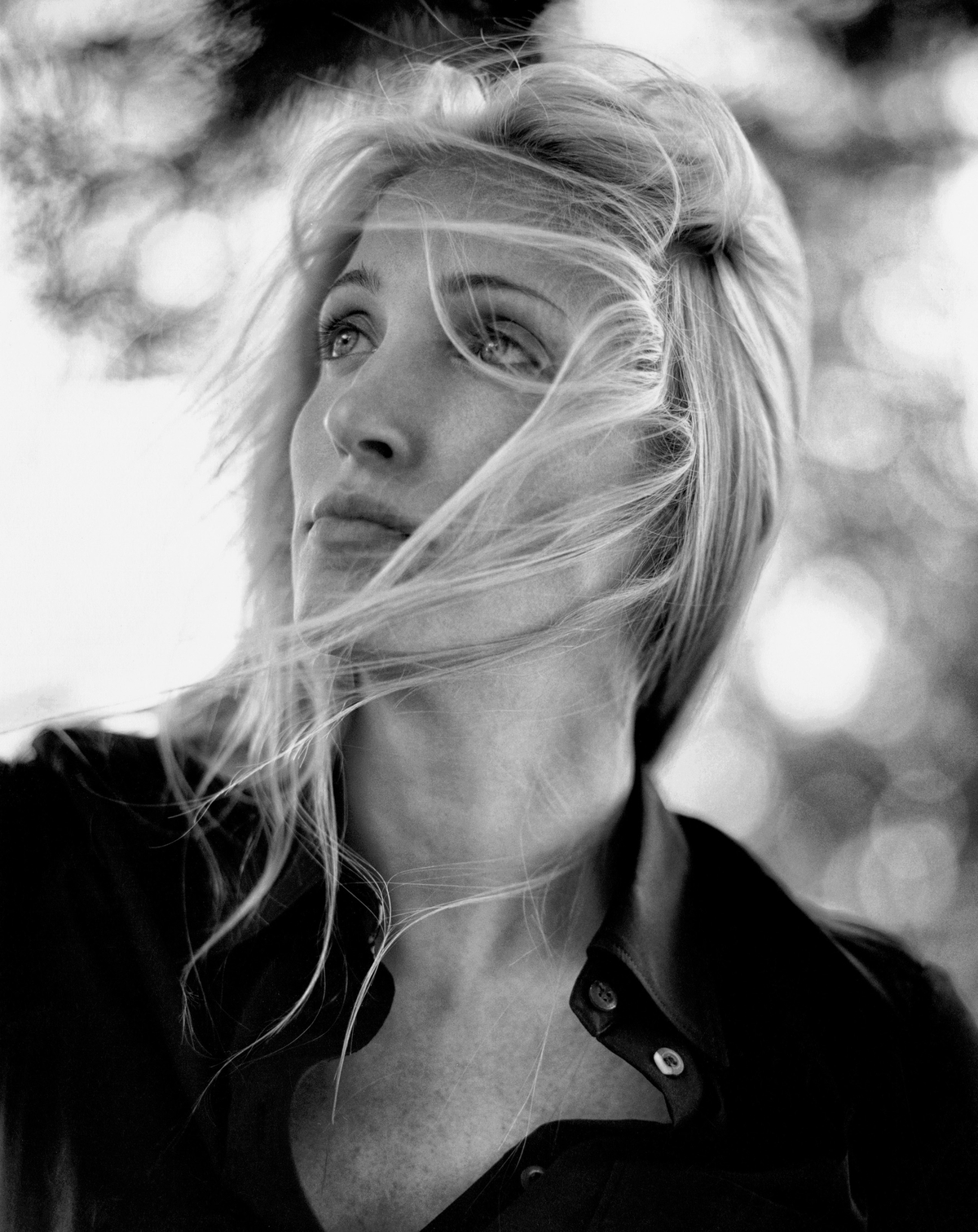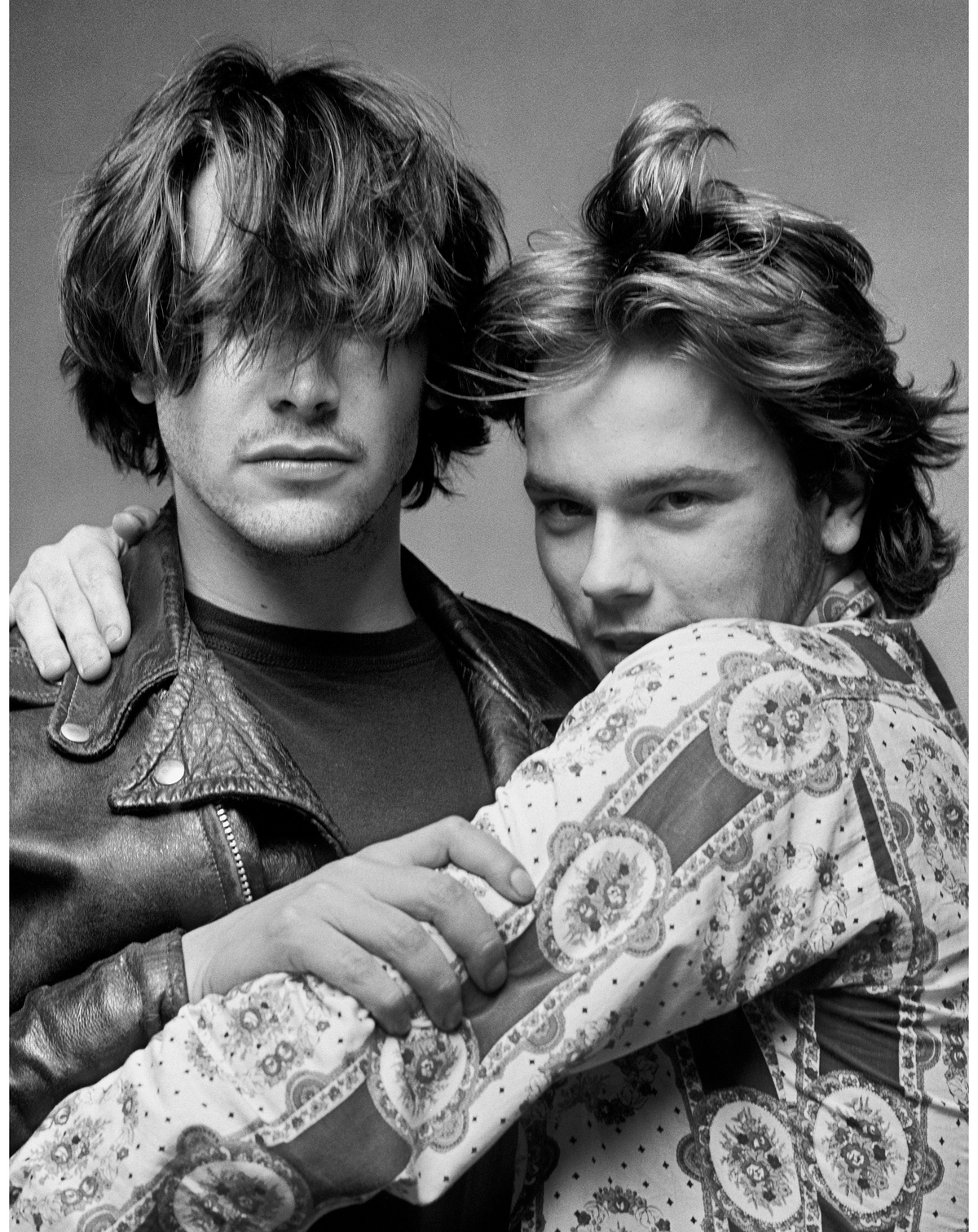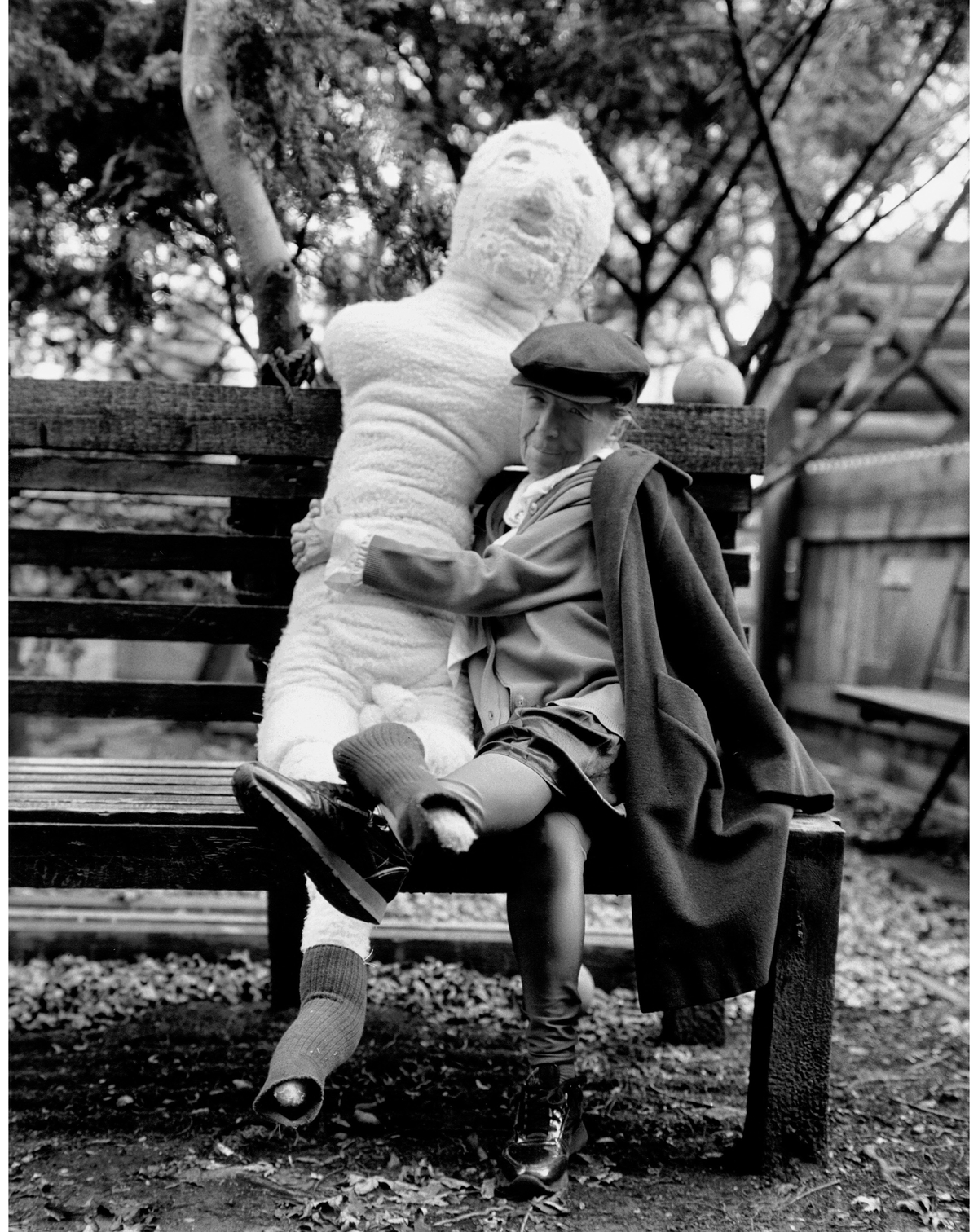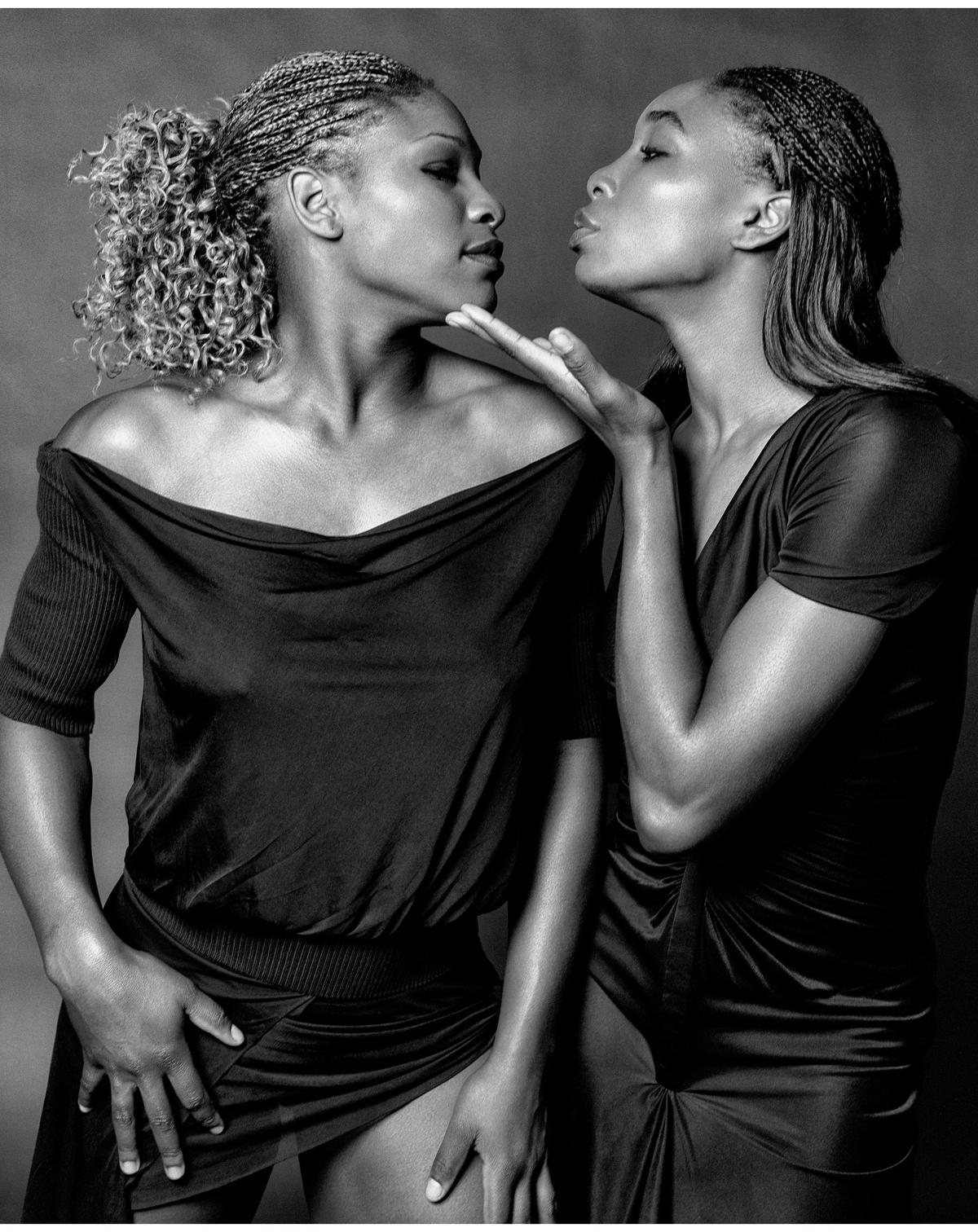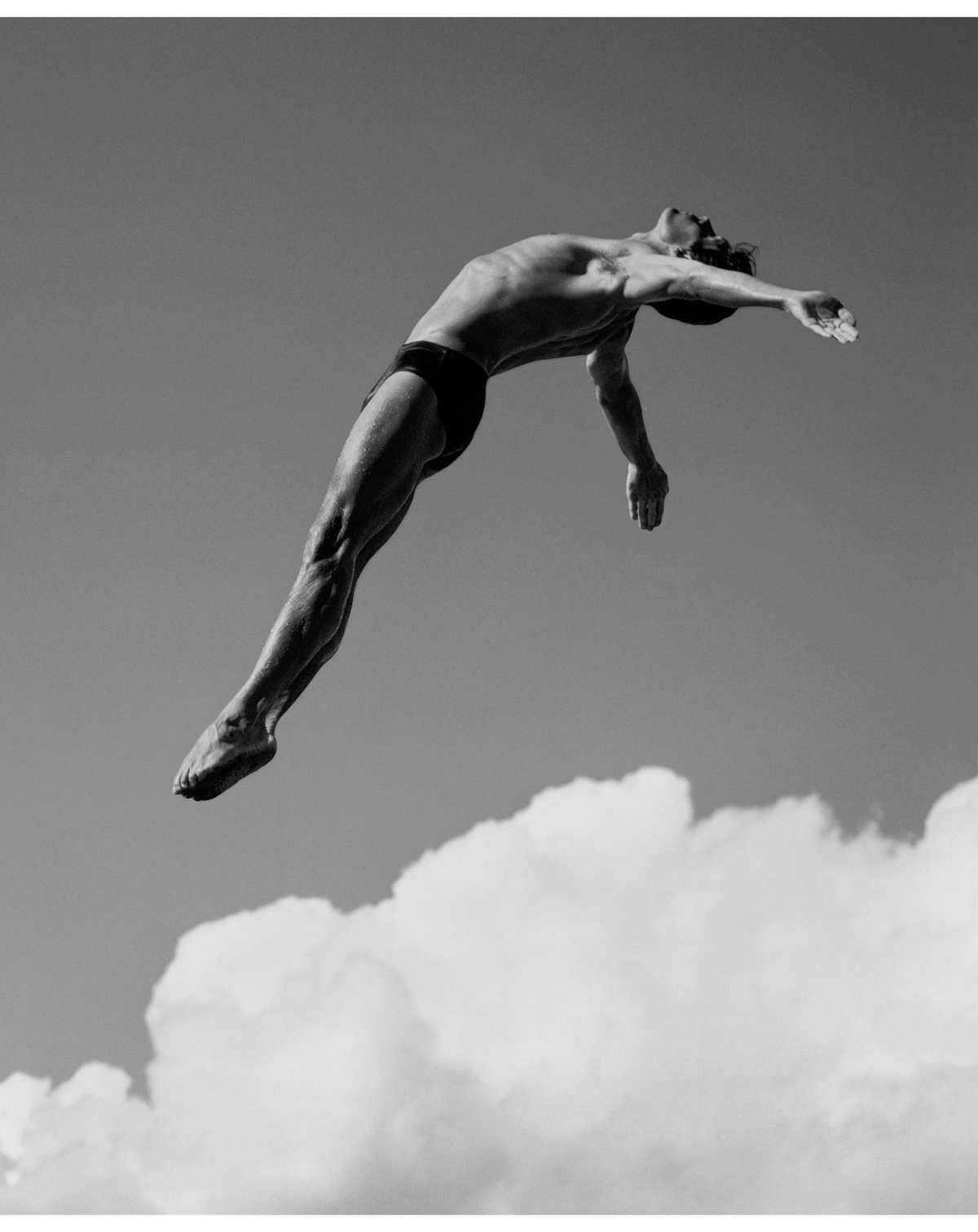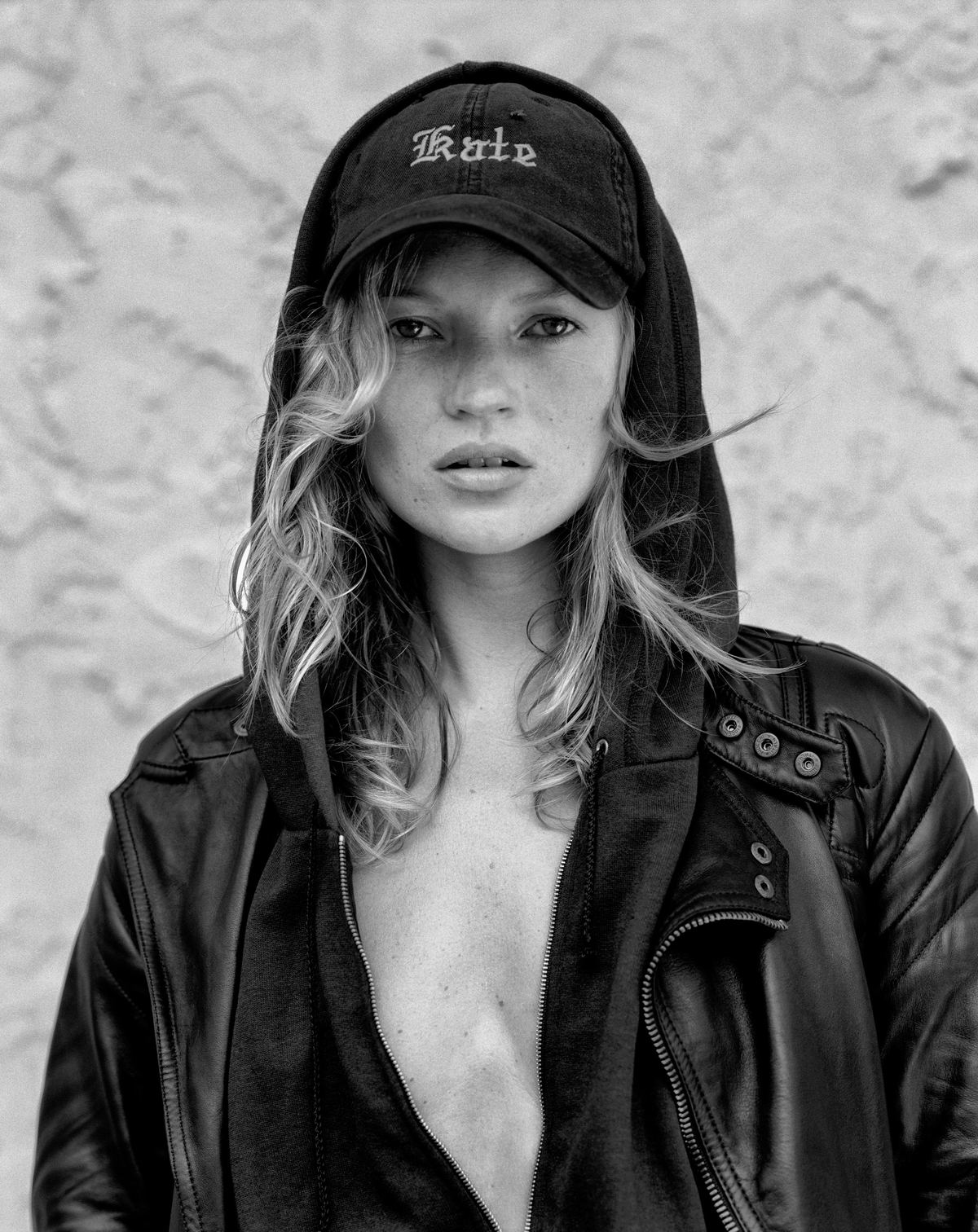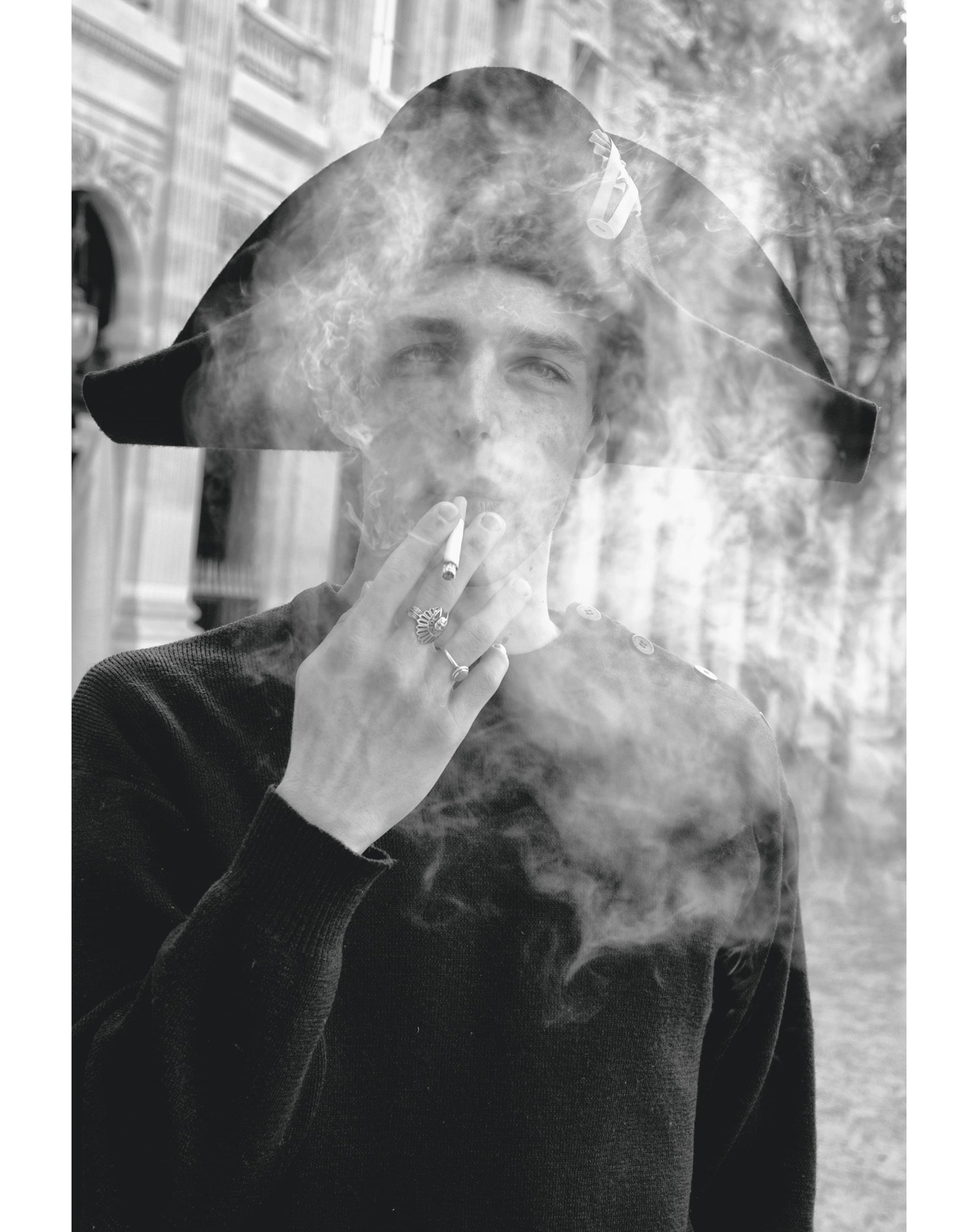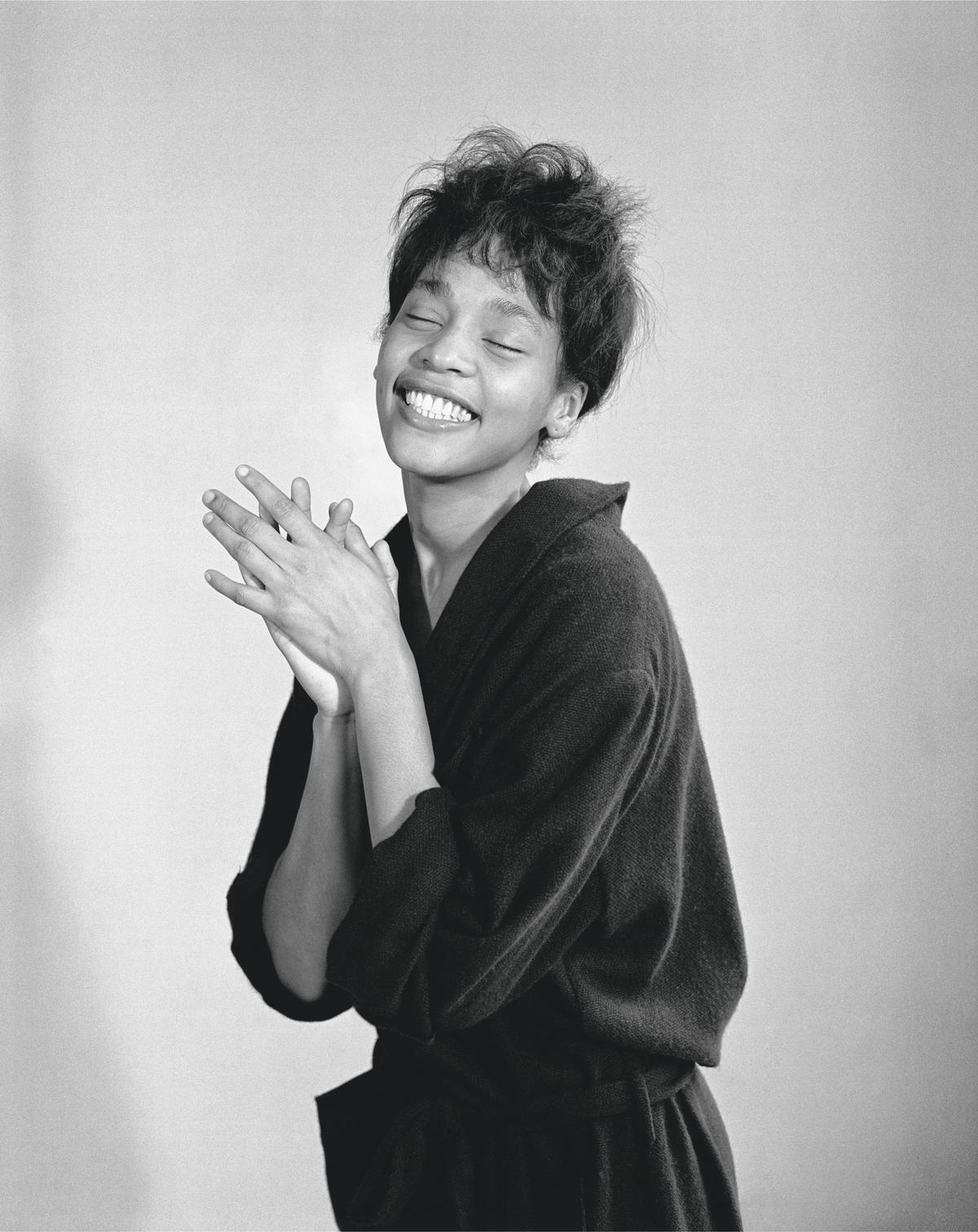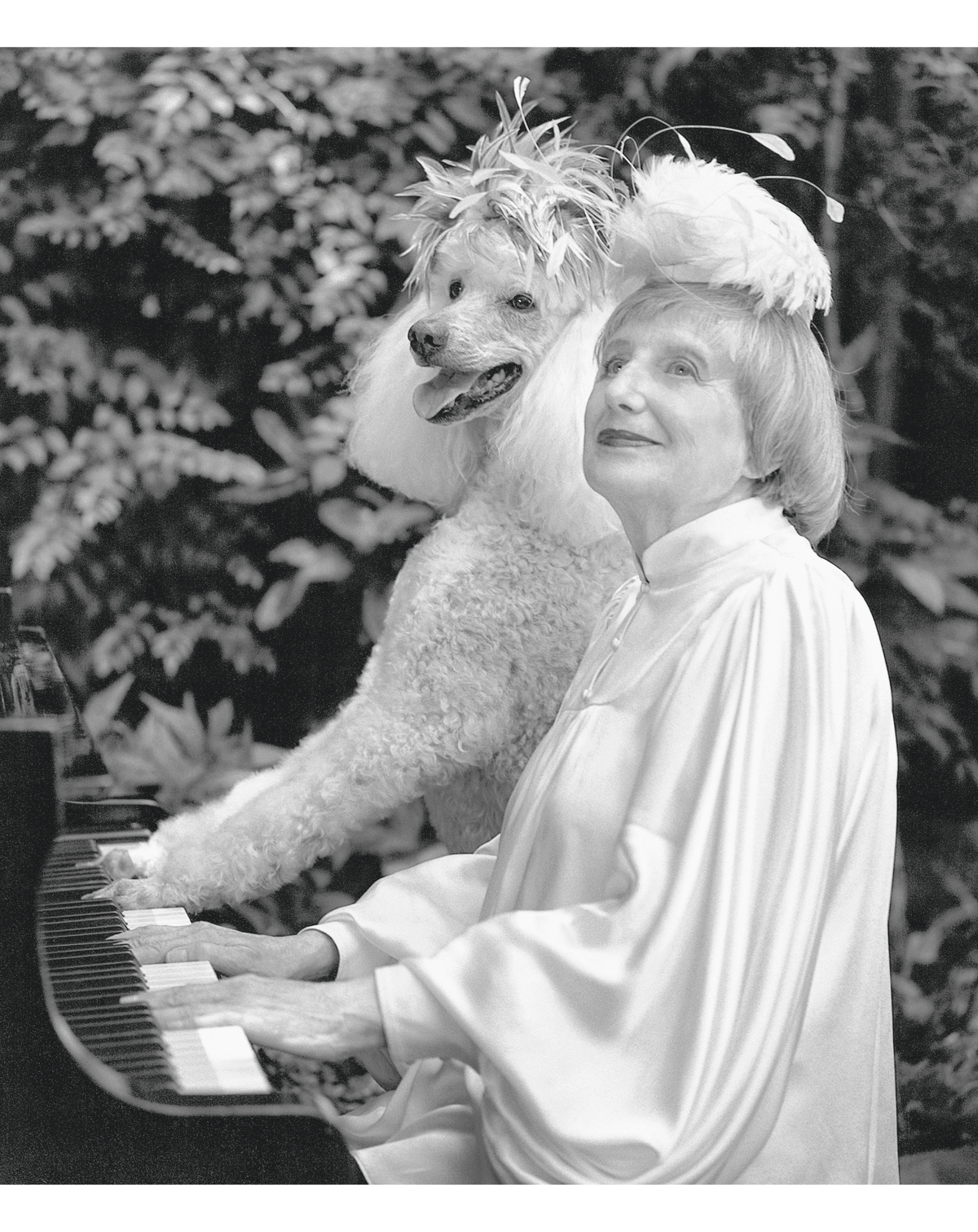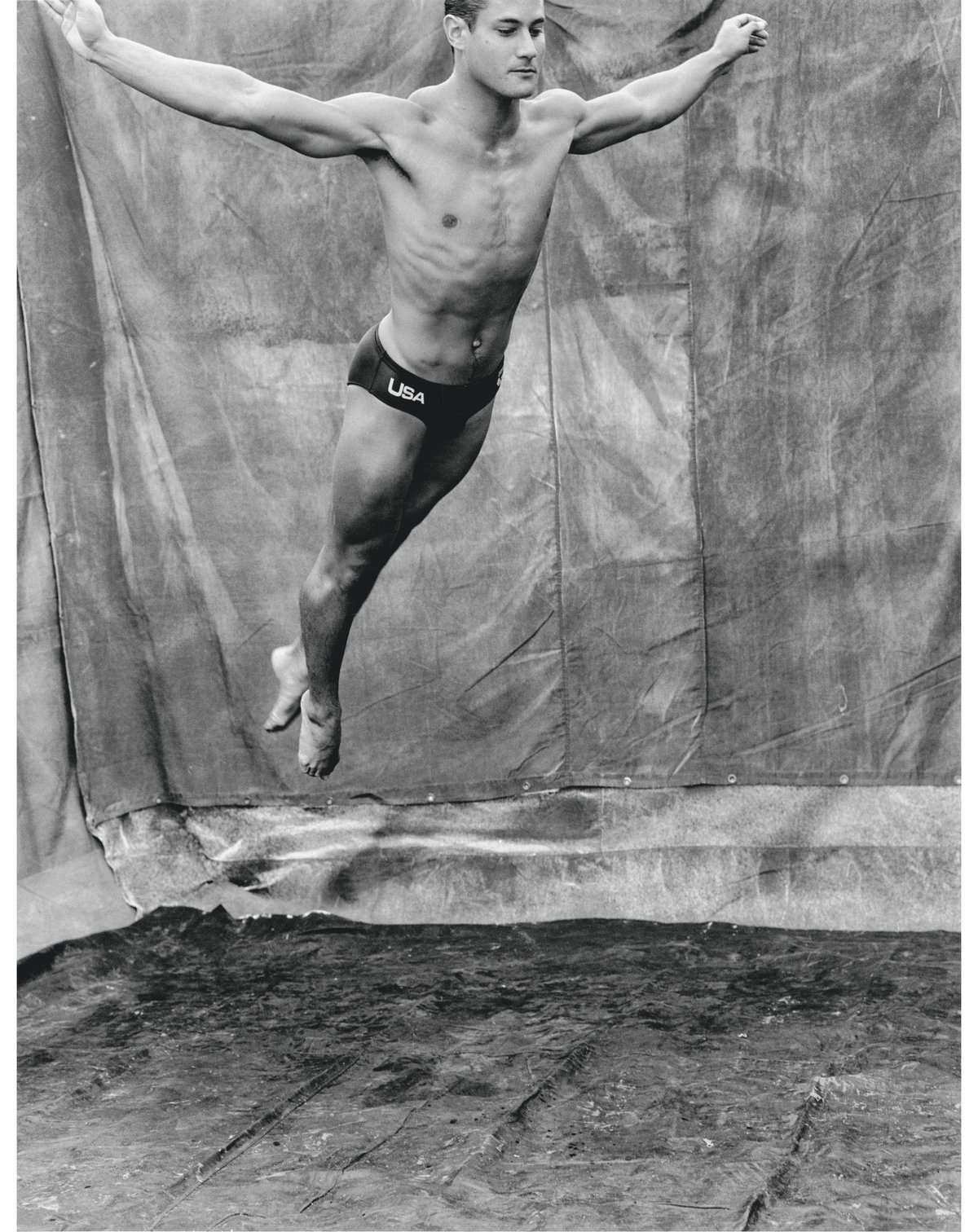“When I open this book, I want it to feel like a party with the people I truly care about,” Bruce Weber tells me. “Not because some of them are famous but because a lot of them were my teachers.”
In Bruce Weber: My Education, published by Taschen, the illustrious photographer has compiled more than 500 images spanning decades and continents. A few standouts: Jeff Aquilon perched on a rock in Kailua-Kona, Hawaii, in 1982, looking like a Greek deity; Whitney Houston in a bathrobe in Los Angeles in 1985; Kate Moss in Miami wearing a cap embroidered with her name, eyes smoldering into the lens, in 2003. The book is also interspersed with Charles Bukowski poems as well as texts by Rupert Brooke and John Steinbeck, artists who shaped Weber’s life and work.
Weber grew up in the coal-mining town of Greensburg, Pennsylvania, and his first teacher was his father—an avid photographer. “I was so lucky to have had a show at the Whitney early in my career,” Weber recalls. “One wall was mine and one wall was my dad’s. My dad had passed away right before, but I wished he had been there—his wall looked so much better than mine.”
Boarding at the Hun School, in Princeton, New Jersey, he met an American-history teacher named Helen Farnum, who smoked Marlboros in a cigarette holder and told faraway stories of gallivanting around Rome—a glittering, unobtainable world.
By the late 1960s, Weber had moved to New York to attend acting school at New York University. One day he spotted Diane Arbus in a café and told her he loved her pictures. “She said, ‘Well, do you wanna take pictures like me?’ And I said, ‘Oh God, no. I could never do that. I’m not you.’ And she said, ‘O.K., sit down.’” Arbus became a great friend.
For 30 years, Vanity Fair gave Weber a place to hone his craft. He could pick any subject, of any age. He even traveled to Georgia to photograph 10,000 Boy Scouts receiving a visit from President Clinton. Vanity Fair, says Weber, “supported me on projects no one else would have.”
This book celebrates those projects. And it shows us again and again how Weber captures people in their element. “If you take a portrait of somebody who has a bird, or a dog, or a cat,” he says, “or they love their bicycle because they cycle a lot—they feel comfortable in it. That’s when you get them to relax a little and be proud of who they are.” —Elena Clavarino
Elena Clavarino is a Senior Editor at air mail

